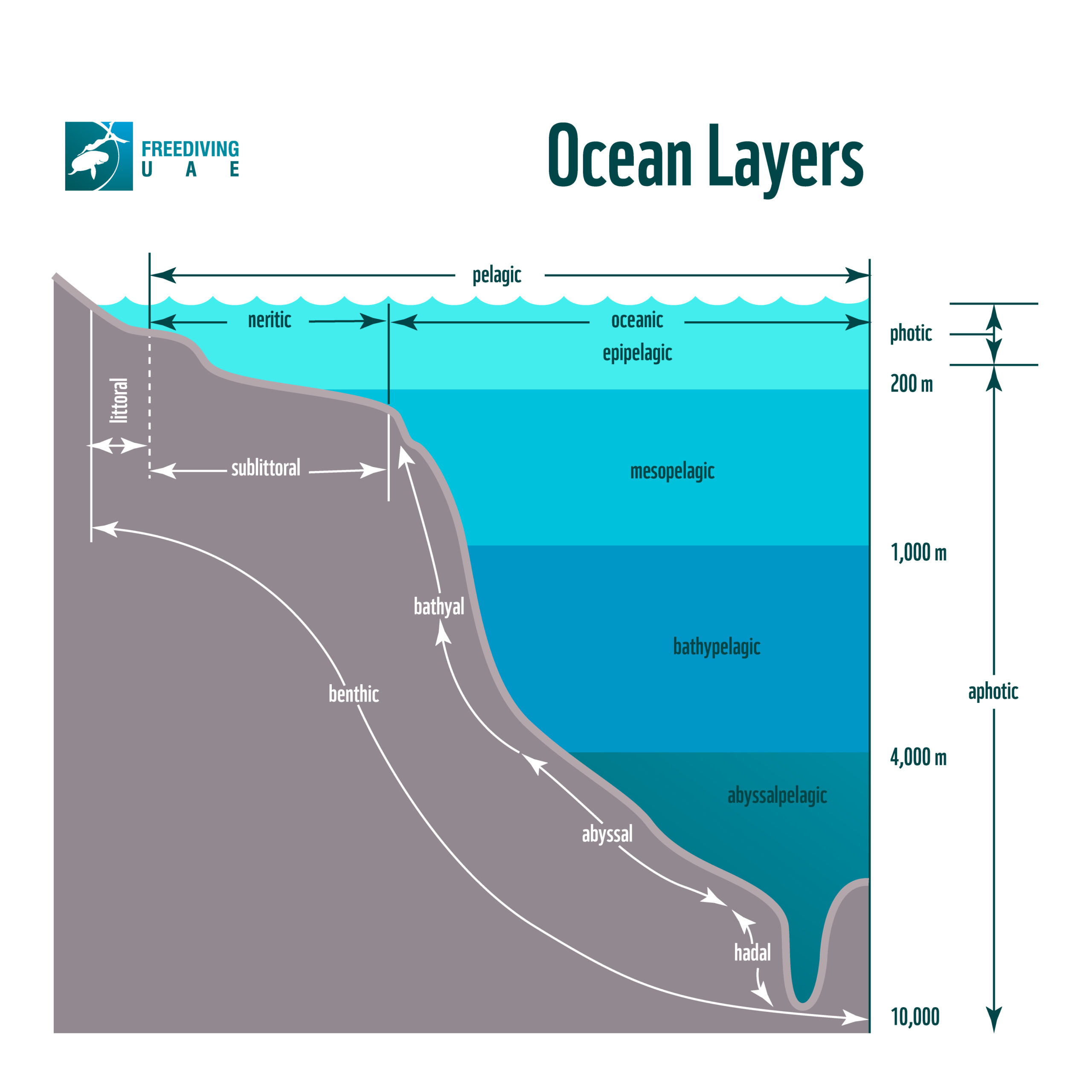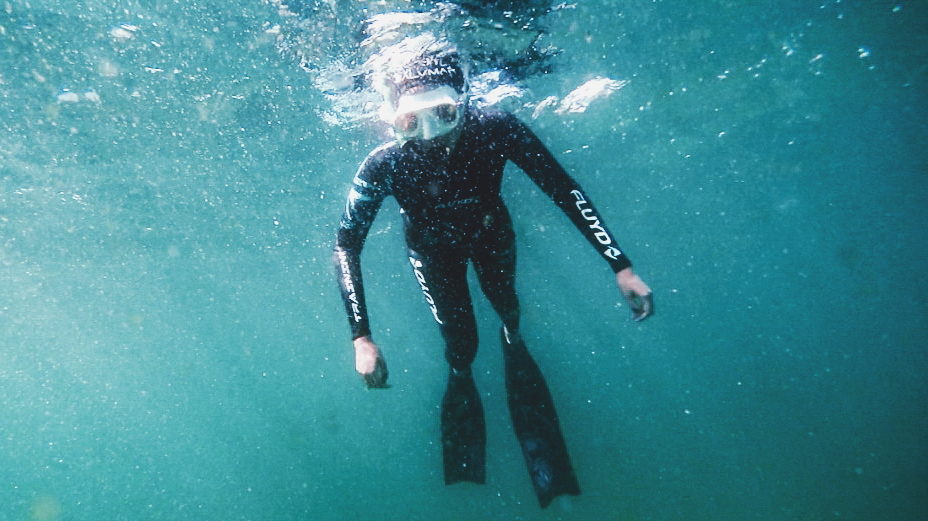Layers of the Ocean
The ocean is the biggest biome on Earth that covers 70% of our planet and is still undiscovered. It is classified by several layers, and each has its own distinctive features. These layers are known as “zones”, from the surface to the very extreme depths where light can no longer penetrate. As we dive deeper into these largely unexplored places, the temperature drops, and the pressure increases with the most bizarre and intriguing creatures that can be found in the sea.
Below is the list of the zones in order of depth:
- EPIPELAGIC
The surface layer of the ocean is known as Epipelagic Zone, has the most visible light or the area of sunlight. It is the thinnest layer with 5% of the ocean depth where most of the marine life that we are familiar occurs such as plankton, corals, sharks, and fishes.
- MESOPELAGIC
Next layer below is Mesopelagic Zone, it is also known as Penumbra World or Twilight Zone because at these depths it is difficult to see the sun clearly which is the other reason of consistent cold temperature, and it represents 20% of the ocean depth. On this zone we begin to see bioluminescent creatures and other semi-deep-sea creatures like swordfish. This area is usually navigated by submarines.
- BATHYPELAGIC
Under Mesopelagic is the layer when the only visible light is from the creatures that produced by themselves. It is sometimes referred to Midnight Zone due to darkness. Despite the high pressure, there are still number of creatures that are living down here and they are usually in black or red color due to lack of light with average temperature of 4 degree Celsius. Some animals, like sperm whales, can live in the epipelagic, dive through mesopelagic, and find food in the bathypelagic zone.
- ABYSSALPELAGIC
This layer of the ocean has no light at all which cause the water temperature close freeze to zero. Very few creatures can be found at these depths due to immense pressure and most of them are invertebrates such as basket stars. It extends from 4,000 meters to 6,000 meters and this zone has 75% of the ocean floor in it. The deepest fish that discovered was found in Puerto Rico trench in 1970 called Cusk Eel at depth of 8,370 meters.
- HADALPELAGIC
Next and last zone is the deepest layer of the ocean where pits and canyons were formed. With tremendous pressure and same low temperature with Abyssal zone. However, there are still creatures that lives in this environment like tube worms, starfish and scavengers that feed on organic material that sinks below the previous layers. The deepest point in the ocean is in the Marina Trench off the coast of Japan at 10,911 meters.



 By Ericka Morillo
By Ericka Morillo